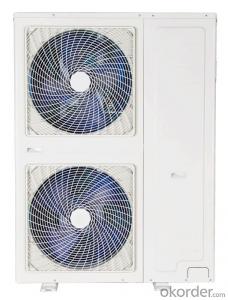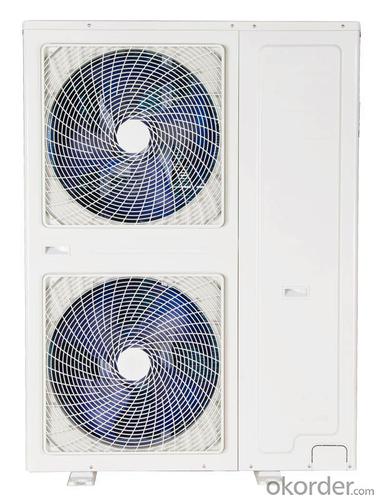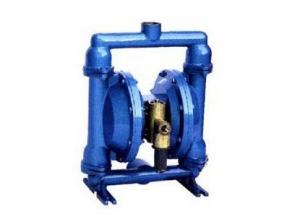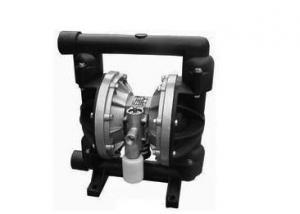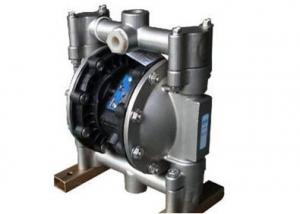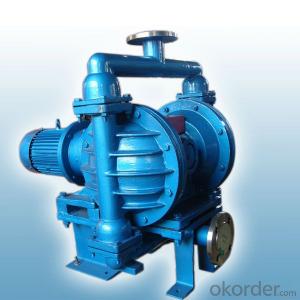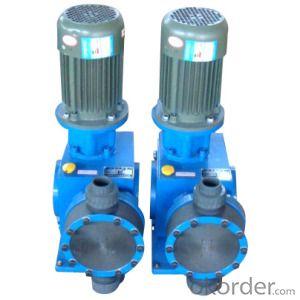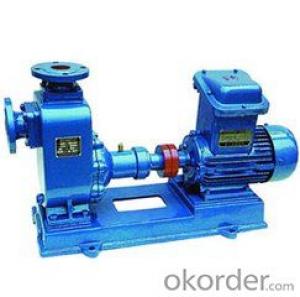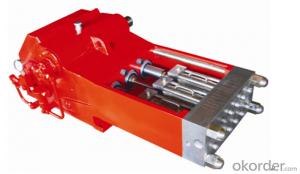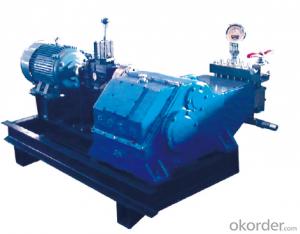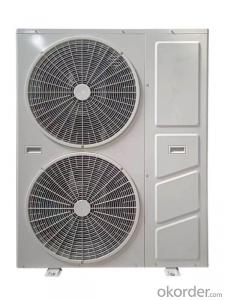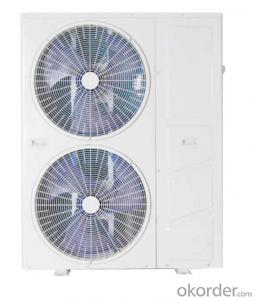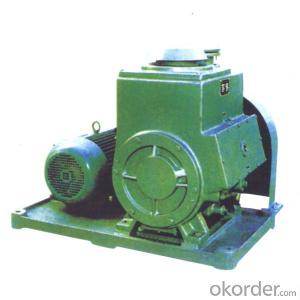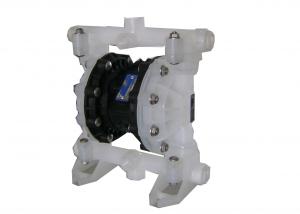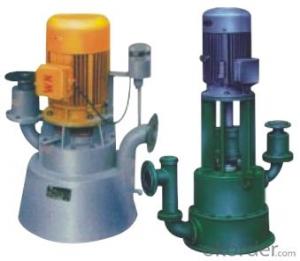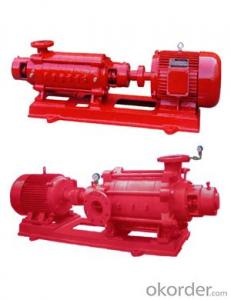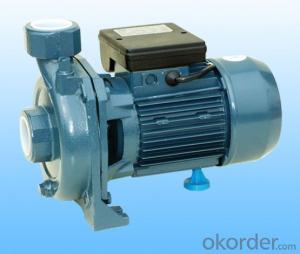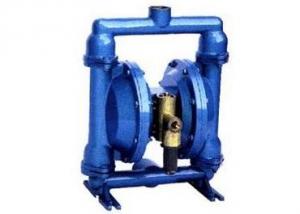Household ultra-low temperature air source heat pump 6p
- Loading Port:
- XINGANG
- Payment Terms:
- TT OR LC
- Min Order Qty:
- 5 watt
- Supply Capability:
- 500 watt/month
OKorder Service Pledge
OKorder Financial Service
You Might Also Like
●Bozhi air source heat pump 6P models, divided into 220V and 380V
●DC frequency conversion speed regulation technology
The use of DC frequency conversion compressor plus DC frequency conversion fan, according to user requirements can accurately adjust the running speed, efficient energy-saving, quiet and comfortable operation.
●Intelligent self-inspection and automatic early warning and repair
Automatic detection system running state, real-time algorithm analysis, and may foresee the problems of real-time intelligent early warning, avoidance, repair.
●Cloud platform expert hosting and remote control
The expert engineers can monitor, diagnose and warn the products in real time, and deal with them in time to keep the unit in good condition. Users can also remotely control the product through mobile phone APP on/off, operating mode, room temperature, etc.
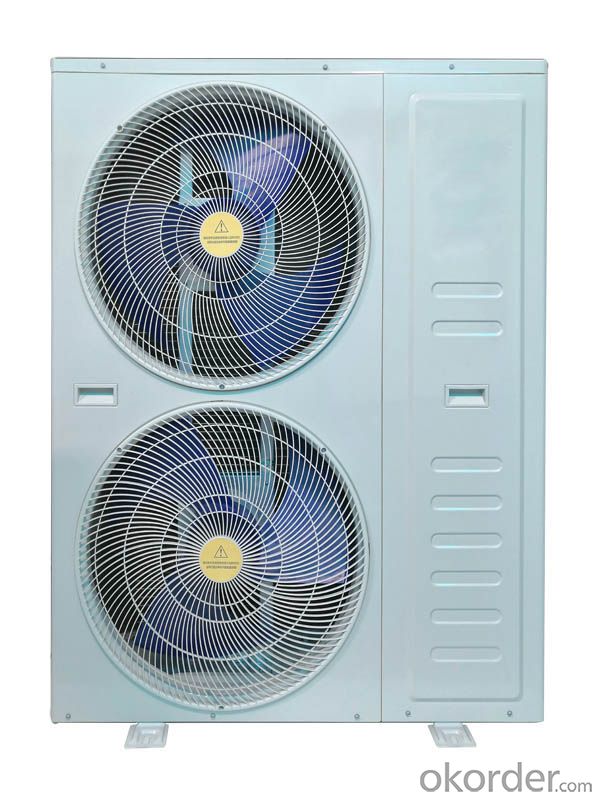
- Q: Can an air pump be used for inflatable boats or rafts?
- Inflatable boats or rafts can indeed be inflated and deflated using an air pump. In fact, the use of an air pump is the most widely adopted and effective method for this purpose. The market offers a variety of air pumps specifically designed for inflatable boats and rafts. These pumps are available in different sizes and types, including electric, manual, and foot-operated pumps. They also come equipped with various nozzles and adapters that can be used to fit the valves of inflatable boats or rafts. By utilizing an air pump, one can ensure a rapid and effortless inflation process, which ultimately saves time and energy as opposed to manual blowing. To guarantee the proper and safe inflation of inflatable boats or rafts, it is crucial to select the appropriate type of air pump and carefully follow the manufacturer's instructions.
- Q: How to prevent dust accumulation in an air pump?
- One way to prevent dust accumulation in an air pump is by regularly cleaning and maintaining the pump. This can involve using a soft cloth or brush to gently remove any dust or debris from the pump's exterior and vents. Additionally, placing a dust cover or filter over the intake and exhaust openings of the pump can help to prevent dust from entering and accumulating inside. It is also recommended to keep the pump in a clean and dust-free environment, away from areas with excessive dust or dirt.
- Q: How does an air pump handle dusty environments?
- An air pump handles dusty environments by incorporating filters that trap and prevent dust particles from entering the pump mechanism. These filters are designed to capture even the finest dust particles, ensuring the pump's performance and longevity in such environments.
- Q: Method for using an air pump
- I wonder if you want to operate or maintain it? The operation is very simple, as long as find a master with a belt on the line, ah, but in their own operations to think more about how to make it convenient for yourself and others continue to operate!
- Q: Are air pumps suitable for inflating air mattresses with adjustable angles?
- Inflating air mattresses with adjustable angles is generally achievable using air pumps. Various nozzle attachments are typically provided with most air pumps, allowing them to fit different valve types on air mattresses. This enables effortless inflation, regardless of the mattress's angle or position. Nevertheless, it is crucial to ensure a secure fit between the nozzle attachment and the valve to avoid any air leakage while inflating. Moreover, it is highly recommended to adhere to the manufacturer's instructions and recommendations for inflating the particular model of air mattress. This will guarantee optimal performance and prevent any potential damage.
- Q: Are there any specific warranty options available for air pumps?
- Yes, there are specific warranty options available for air pumps. Most air pump manufacturers offer warranties for their products that cover defects in materials and workmanship. The length and coverage of these warranties can vary depending on the brand and model of the air pump. Some warranties may cover the entire pump, while others may only cover certain components. It is important to read the warranty terms and conditions carefully to understand what is covered and for how long. Additionally, some retailers or third-party companies may offer extended warranty options for air pumps, providing additional coverage beyond the manufacturer's warranty. It is recommended to research and compare warranty options before purchasing an air pump to ensure you have the best protection for your investment.
- Q: What is the maximum volume of air an air pump can move?
- The maximum volume of air an air pump can move depends on the specific design and capacity of the pump. It can range from a few liters per minute for small, portable pumps to several cubic meters per minute for larger industrial pumps.
- Q: Can an air pump be used for inflatable advertising walls?
- Indeed, inflatable advertising walls can utilize an air pump for their inflation. In fact, this method is widely employed as it enables a rapid and efficient inflation of such structures. Air pumps are specifically engineered to deliver a constant stream of air into the inflatable wall, thereby aiding in its preservation of form and stability. The dimension and potency of the air pump will vary according to the particular specifications and necessities of the advertising wall. It is crucial to choose an air pump that is compatible with the inflatable advertising wall to guarantee appropriate inflation and achieve optimal performance.
- Q: Can an air pump be used for inflating air mattresses with raised edges?
- Yes, an air pump can be used for inflating air mattresses with raised edges. Air pumps are designed to inflate various inflatable objects, including air mattresses. They usually come with different nozzle attachments to fit different types of valves on the inflatable items. By using the appropriate attachment, an air pump can easily inflate an air mattress with raised edges. It is important to follow the manufacturer's instructions and recommendations to ensure proper inflation and avoid any potential damage to the mattress or the pump.
- Q: Can an air pump be used for inflating air mattresses with built-in speakers?
- Yes, an air pump can be used to inflate air mattresses with built-in speakers. The air pump is specifically designed to inflate air mattresses, and it can be connected to the mattress's valve to fill it with air. The built-in speakers are separate from the inflation process and can be used once the mattress is fully inflated.
Send your message to us
Household ultra-low temperature air source heat pump 6p
- Loading Port:
- XINGANG
- Payment Terms:
- TT OR LC
- Min Order Qty:
- 5 watt
- Supply Capability:
- 500 watt/month
OKorder Service Pledge
OKorder Financial Service
Similar products
Hot products
Hot Searches
